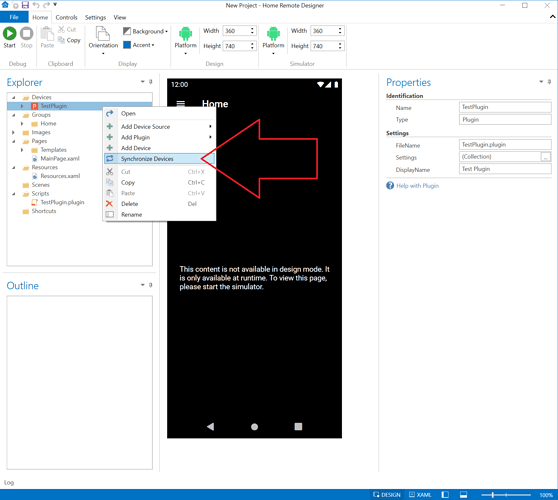Just started working with THR and it is working well for me so far.
My setup consists of a combinations of zwave, hue, spotify, ecobee, and home made sensors. I aggregate and perform all of my automations in Node-Red. I have created http connections in Node-Red for all of my devices so that I can control everything through a common rest api.
I am now making device plugins in THR for all of my different device types. I have my first basic switch working but now have a question:
My plugin creates a single device which would mean I would have to install the plugin multiple times to create devices for my 50+ switches. I have seen how to create multiple devices at install/sync but is there a way to dynamically add a device after the plugin is installed? (i.e. cut and paste existing)
Thanks in advance,


